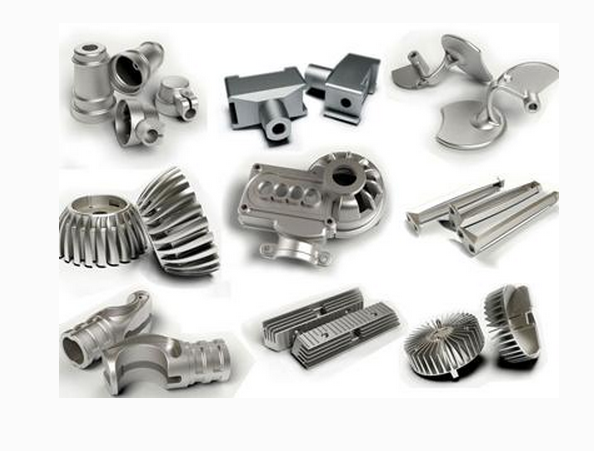Mobile:+86-311-808-126-83
Email:info@ydcastings.com
impeller casting
Understanding Impeller Casting A Key Component in Manufacturing
Impeller casting is a vital process in the manufacturing industry, particularly in the creation of components used in pumps and turbines. An impeller is a rotating component in a machine that is designed to move fluid by converting rotational energy into hydrodynamic energy. The efficiency and performance of these machines heavily rely on the quality and design of the impeller.
The casting process involves pouring molten metal into a mold that shapes the impeller. Various materials can be used in the casting process, including aluminum, stainless steel, and other alloys. The choice of material largely depends on the intended application of the impeller, as different fluids and operating conditions may require specific mechanical properties, such as corrosion resistance and strength.
There are several methods of impeller casting, with sand casting and investment casting being the most common. Sand casting involves creating a mold from sand, which is then filled with molten metal. This method is advantageous due to its flexibility and lower cost for large production runs. On the other hand, investment casting, also known as lost-wax casting, results in more precise and intricate shapes, making it ideal for complex designs often seen in modern engineering.
impeller casting

Quality control is paramount in the casting of impellers. Ensuring that the finished product meets specific industry standards is essential, as defects in the casting can lead to failure in performance or even catastrophic breakdowns in machinery. Techniques such as X-ray inspection and ultrasonic testing are employed to detect internal flaws that might not be visible to the naked eye.
One of the significant advantages of impeller casting is the ability to create components with complex geometries that would be challenging to achieve through other manufacturing techniques. This capability allows engineers to design more efficient impellers, which can enhance the performance of pumps and turbines, ultimately leading to energy savings and reduced operating costs.
As industries continue to evolve, the demand for high-performance fluid handling systems grows. Innovations in casting technologies, including the use of computer-aided design (CAD) and simulation software، are helping manufacturers optimize the design and production process of impellers. These advancements not only improve the efficiency of casting but also allow for more sustainable practices by reducing material waste.
In conclusion, impeller casting is a critical process that combines art and engineering, enabling the production of high-quality components essential for numerous applications. As technology progresses, the future of impeller casting looks promising, with opportunities for improved designs, materials, and methods that will further enhance their performance in various industries.











